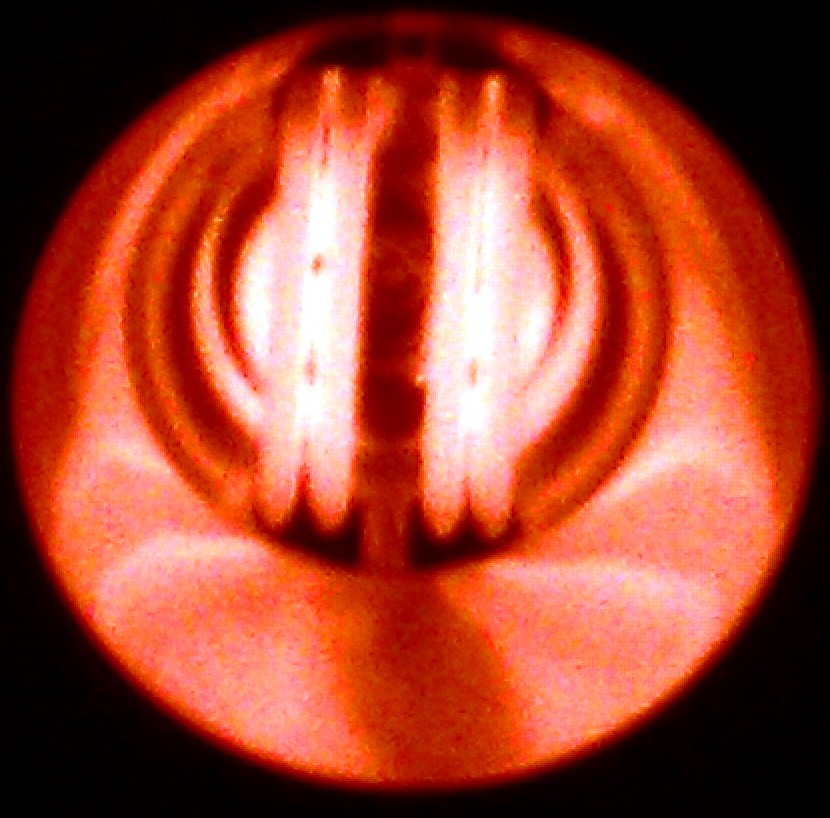GOCA
Part 1: Imagination
Part 1: Imagination
Ah, the peaceful koi pond. They glide through the water. So tranquil- for now.
Something spooked the fish. Triggering a frenetic response as the koi splash around.
A blinding burst of light in the sky. Has the sun gone supernova?
Suddenly, a red orb appears overhead. This hovering light feels ominous.
DESTROY! WE ARE HERE FOR YOUR SPICES! Run for your lives! Alien invaders! Oh, the humanities class!
Part Two: Reading Response
Part Two: Reading Response
Berger
starts profoundly with, “We
only see what we look at” (8). He
goes on to say that our vision of reality is that of “looking
at the relation between things and ourselves” (9). Moreover,
he states, “every
image embodies a way of seeing” (10). The higher
the level of imagination within art, the more intensely the art
experience will resonate.
Artists
utilize composition as a rhetorical device. Similarly,
“seduction” is used to persuade the viewer into believing that
the intended portrayal, possibly fabricated, is the actual conclusion
with regard to the subject matter (14).
The
thought of perspective as both a part of formal structure and
conversely a potentially flawed and limiting element. The camera
essentially
defines a spacial arrangement within time. As a result of what the
camera is able to do, art adapted to show visually what it cannot do.
Meaning is questioned with the camera's ability to “destroy the
uniqueness of its image” (19). Reproductions
and adaptations also become intertextual with malleable context. This
is especially evident when text is added to imagery. The
setting, atmosphere, or backdrop of an image impacts
meaning. Examples
include reproductions
found in other than their
original
locations.
According to
Berger, the printed photos in GOCA are therefore considered
reproductions.
Berger
discusses
expectations and assumptions,
which act similarly to bias, such as ideologies including
beauty or
truth. Another assumption that I contemplated with
regard to the GOCA exhibit is
taste or appropriateness. This
takes me down the road of ethics. Are there rules for consenting to
be artistic subject matter? What happens when the subject matter no
longer wishes to be shown?
Art
has transformed from culturally “sacred” or “magical” to
“social” and political. Contemporary
approaches to art should include diverse ways to view beyond the
typical museum.
The downtown
GOCA setup is our example of the University's approach to displaying
art. Thoughts
regarding the availability or access to art are associated when
thinking about art as empowering or disempowering. In this
technological age, does a “privileged minority” control and
manipulate art/text in order to control the masses (11)? Who
decides what art is shown at GOCA? The
idea of using images as a source of power is a fundamental
interdisciplinary issue.
Berger,
John. Ways of Seeing. British Broadcasting Corporation and Penguin
Books Ltd: London 1972 Print





No comments:
Post a Comment